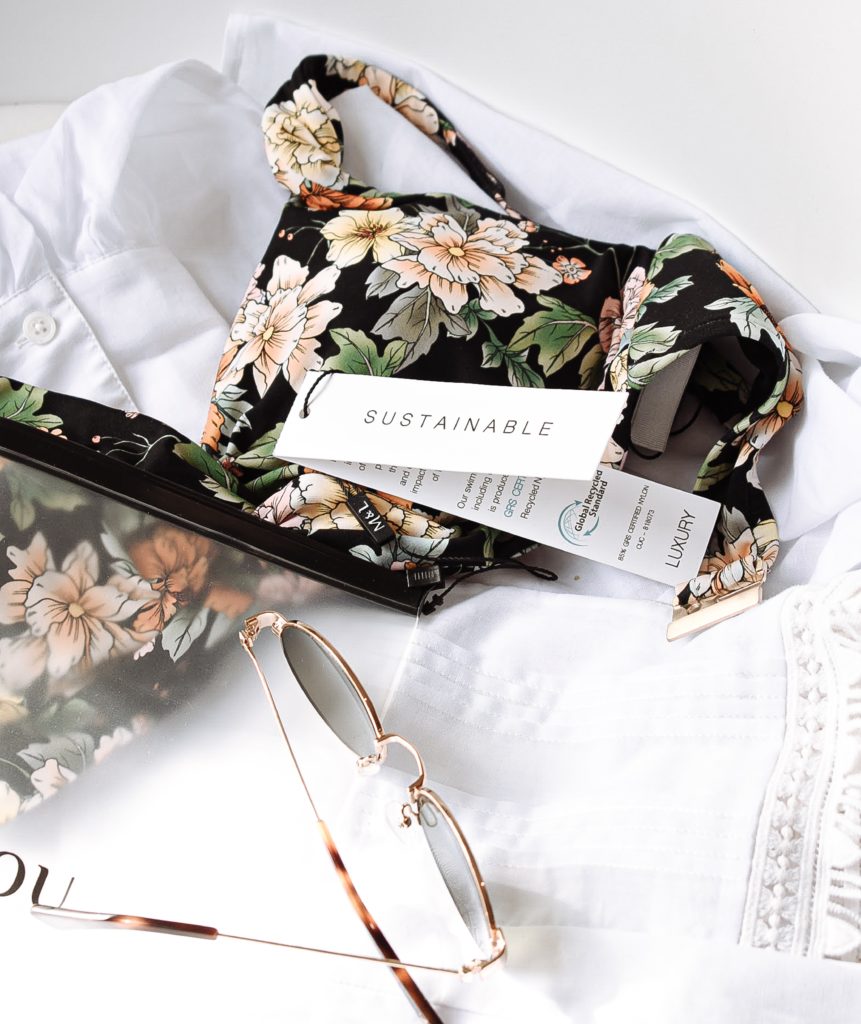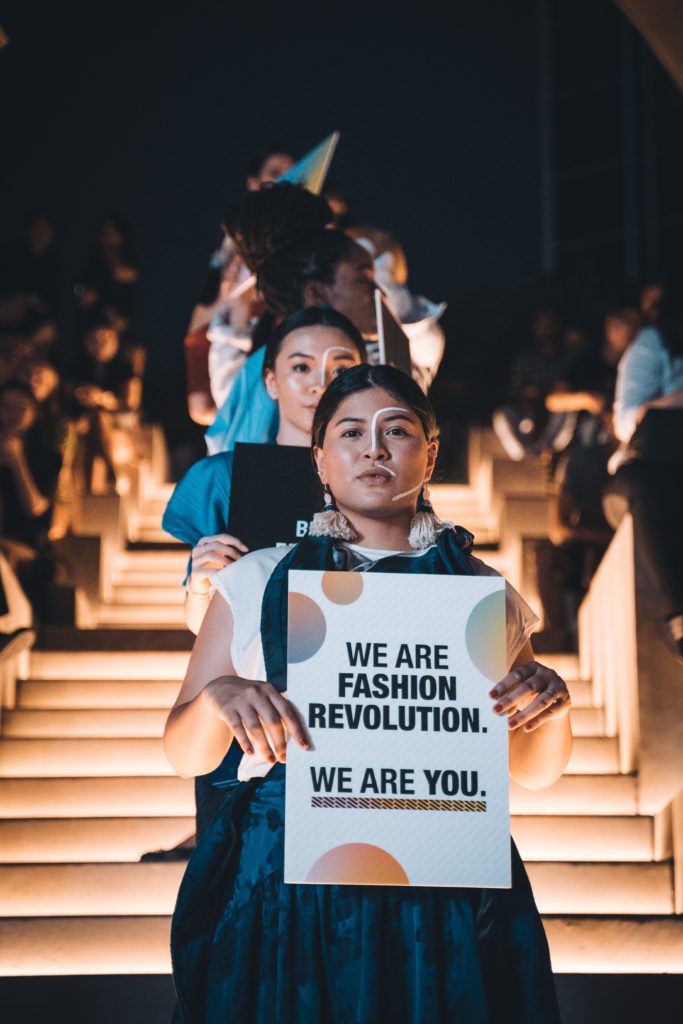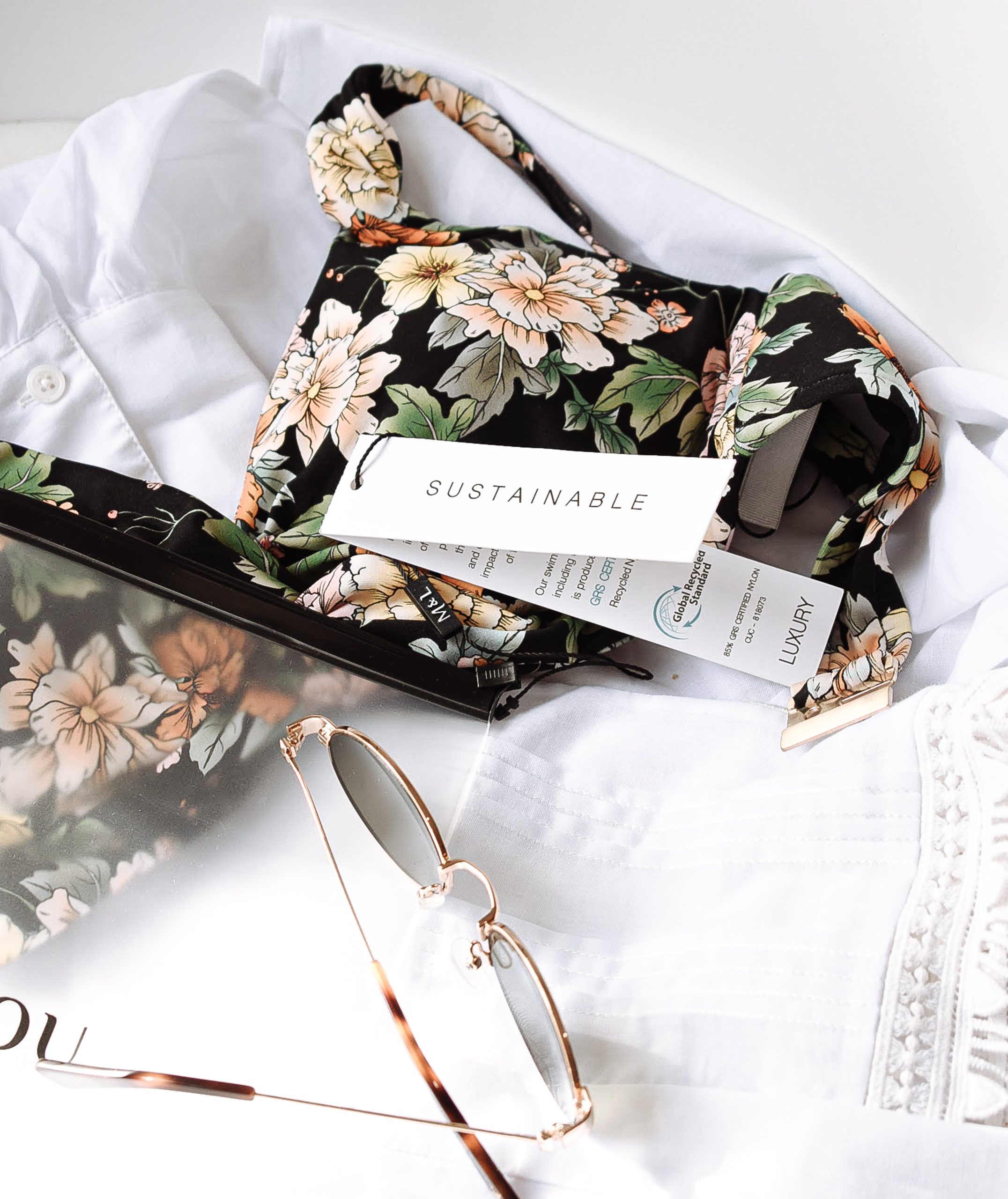Sustainable fashion is an emerging movement that is focused on promoting environmental, social, and economic sustainability in the fashion industry.
It aims to create clothing and accessories that are responsibly sourced, produced, and distributed.

In fact, this type of mindful fashion considers the entire life cycle of a product — from the extraction of raw materials to the disposal of the garment — and strives to minimize the negative impact on the environment.
The sustainable fashion movement is gaining momentum due to increasing awareness of environmental issues, social injustices, and economic inequalities.
To date, the traditional fashion industry is one of the largest contributors to pollution, waste, and social injustice as the industry revolves around fast fashion with quick turnovers every season.
According to reports, of the 92 million tons of textile waste produced yearly, 3.79 million tons come from the U.S. alone (Fibre2Fashion).
READ: How Influencers Can Avoid Debt By Creating the Perfect Budget
The Key Pillars of Sustainable Fashion
Now, the sustainable fashion movement emphasizes three main pillars: environmental, social, and economic sustainability.
- Environmental sustainability is a core value of sustainable fashion. The fashion industry has high levels of pollution and natural resource depletion, including the emission of toxic substances from the production process as well as water waste.
- Social sustainability focuses on workers’ rights and community support. Sustainable fashion practices include providing fair wages and safe working conditions, supporting traditional artisanal industries and small-scale farmers.
- Economic sustainability focuses on the long-term economic viability of the fashion industry. This means maintaining ethical standards, managing costs efficiently, and creating a “closed-loop” system in which garments and textiles are recycled, reducing waste and making the industry more sustainable.
To add to that, sustainable fashion practices reduce pollution levels, conserve natural resources, and protect ecosystems.
For instance, materials used in sustainable fashion include organic cotton, upcycled materials, and recycled polyester, which reduce the impact on the environment.
This goes in tandem with the 6 R’s of making fashion sustainable: Rethink, Refuse, Reduce, Reuse, Recycle, Repair!

Shaping the Future of Fashion
The sustainable fashion movement has led to the development of a range of initiatives.
These include clothing swaps, fair trade, ethical production standards, and sustainable supply chain management.
Plus, brands often partner with non-profits, social enterprises, and local communities to create clothing with eco-friendly and socially responsible practices, creating a measurable positive impact.
Initiatives such as the ‘The Fashion Pact,’ calls for increased sustainability, better environmental practices, education, and transparency in the fashion industry, have also boosted the movement.
In sum, this impactful movement is significant for reducing environmental pollution and economic inequalities in the fashion industry, and it’s the future of fashion.
The movement’s practices can lead to the creation of a closed-loop system, protecting our planet’s resources and supporting local communities.
Therefore, it is an important step toward improving the fashion industry and its impact on Earth.
To learn more about ethical fashion practices and the emerging, innovative brands that are shaping this movement, visit www.luvlylonglocks.com.








